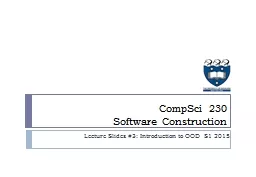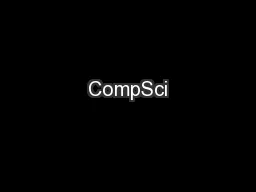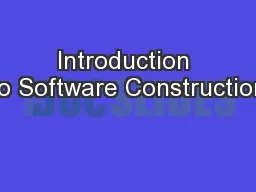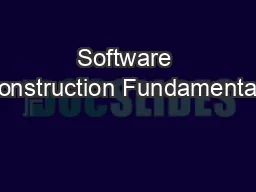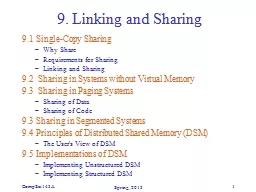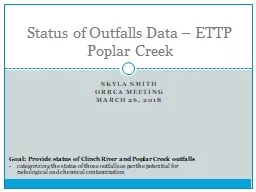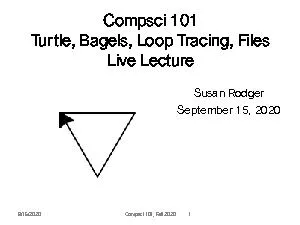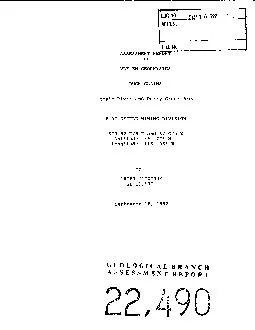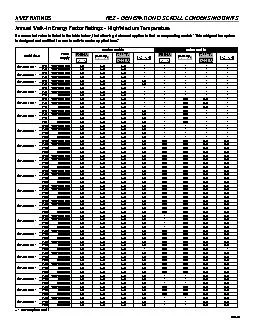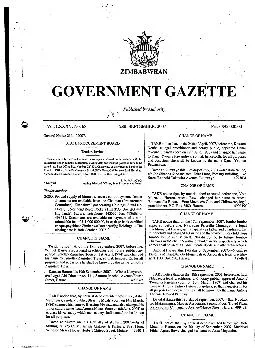PPT-CompSci 230 Software Construction
Author : karlyn-bohler | Published Date : 2018-11-02
Lecture Slides 3 Introduction to OOD S1 2015 Version 11 of 20150312 added return to code on slides 10 13 Agenda COMPSCI 230 IOOD 2 Topics Software Design vs hacking
Presentation Embed Code
Download Presentation
Download Presentation The PPT/PDF document "CompSci 230 Software Construction" is the property of its rightful owner. Permission is granted to download and print the materials on this website for personal, non-commercial use only, and to display it on your personal computer provided you do not modify the materials and that you retain all copyright notices contained in the materials. By downloading content from our website, you accept the terms of this agreement.
CompSci 230 Software Construction: Transcript
Download Rules Of Document
"CompSci 230 Software Construction"The content belongs to its owner. You may download and print it for personal use, without modification, and keep all copyright notices. By downloading, you agree to these terms.
Related Documents

